The Guess Who’s 1969 albums
Buy Wheatfield Soul Buy Canned Wheat Although the group was already over a decade old and had already released three albums, the pop career of The Guess Who really got underway with the […]
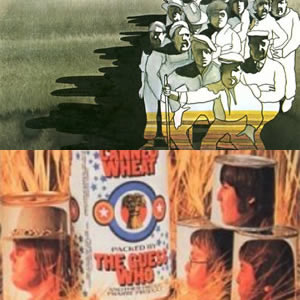
Buy Wheatfield Soul Buy Canned Wheat Although the group was already over a decade old and had already released three albums, the pop career of The Guess Who really got underway with the […]
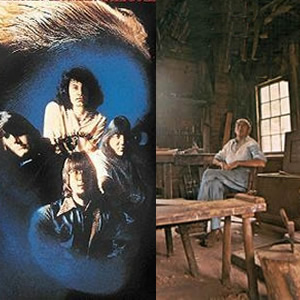
Buy American Woman Buy Share the Land The year 1970 saw the apex of popularity for The Guess Who as well as the initial cracks in their band unity. The two albums they […]
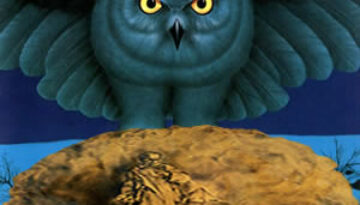
Buy Fly By Night Buy Caress Of Steel 1975 was the year when Rush truly became Rush with the first recordings following the arrival of drummer and lyricist, Neal Peart. During the course […]
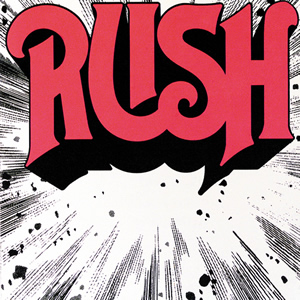
Buy Rush Rush burst onto the international scene in 1974 with an energetic and entertaining debut album. The only album to feature drummer John Rutsey, this self-titled album is also unique in the […]
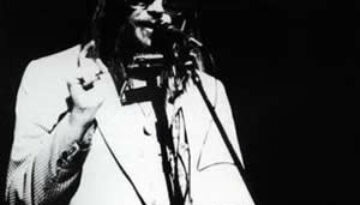
Buy Tonight’s the Night During an era of glam rock and progressive virtuoso, Neil Young delivered a raw and genuine record with Tonight’s the Night. Although released in mid 1975, the music on […]
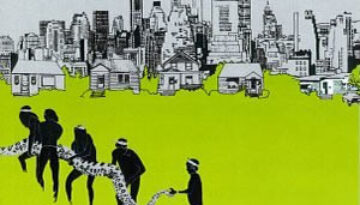
Buy The Hissing Of Summer Lawns Joni Mitchell continued her musical evolution from folk and pop towards free form jazz with her adventurous 1975 album, The Hissing of Summer Lawns. The album incorporates […]
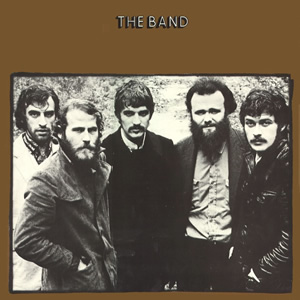
Buy The Band As a perfect counterpart to Music from Big Pink, their 1968 debut album, The Band embarked on part two of their new musical, North American roots journey with their eponymous […]
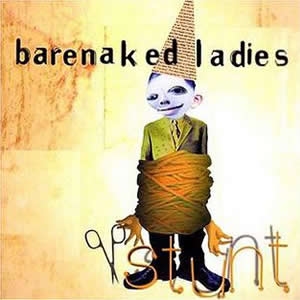
Buy Stunt In 1998, the fourth studio album by Barenaked Ladies became their commercial breakthrough and ultimately, their most successful album. Stunt features a refined set of this Canadian group’s brand of quirky […]

Buy Steppenwolf Buy The Second Steppenwolf arrived on the rock scene like a storm in 1968 and released their first two albums, which produced their most indelible classics which persist to this day, […]
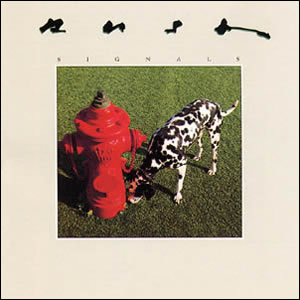
Buy Signals Signals was the much anticipated ninth album by Rush, as it followed up the blockbuster 1981 album Moving Pictures. This album would be the first where they would depart from the […]